The pet collection was designed to bring harmony between humans' and pets' needs.
With pet products, humans are buying and pets can't talk about their opinion. How could we design better products for both?
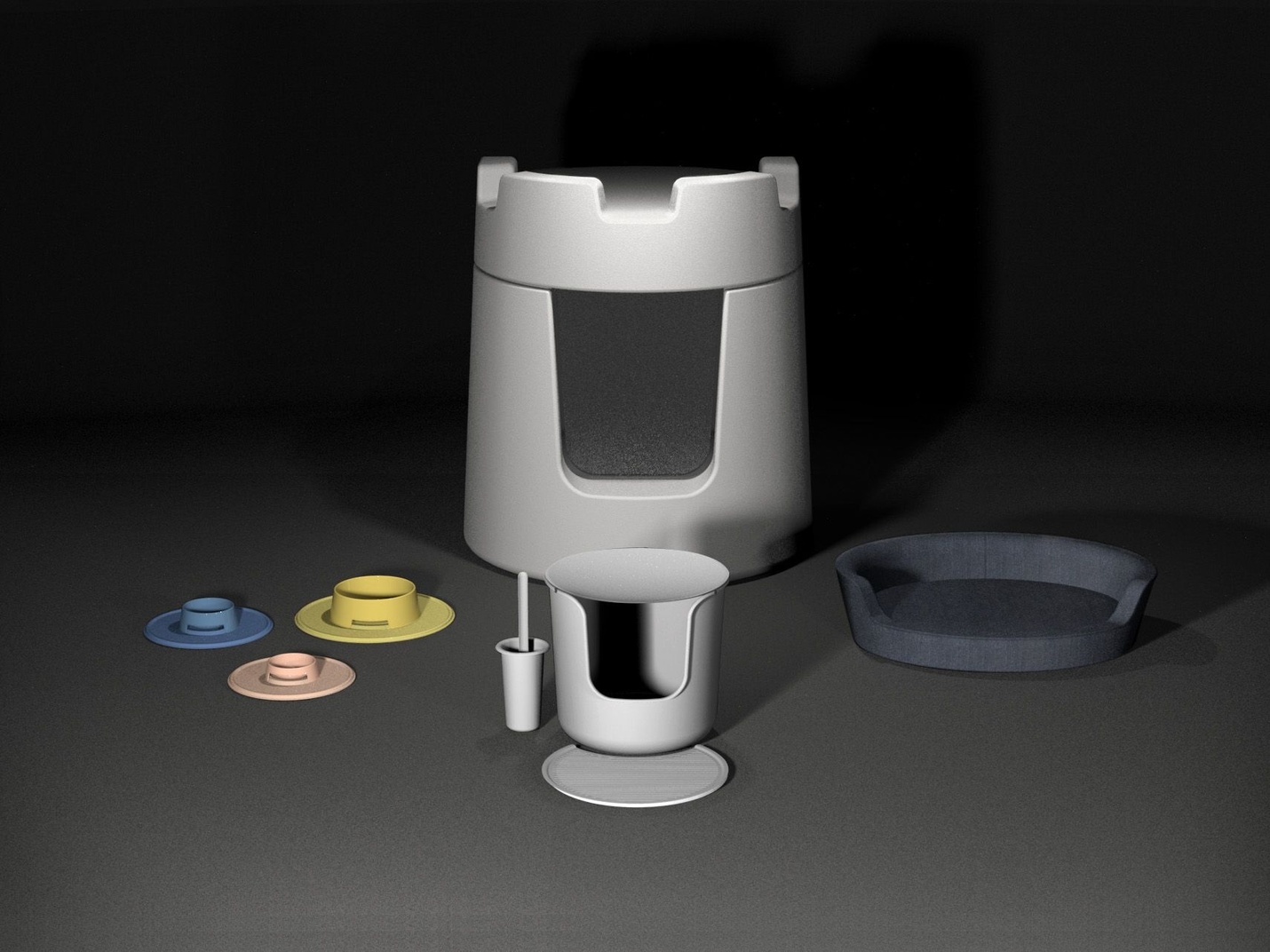
The mission was to design good pet products
Enrico Baleri involved us challenging us to design a collection both considering pets’ and humans’ needs. He is an entrepreneur with great sensitivity to industrial design, now operating with his Research center. He aimed to make simple, light, and ironic products, not appealing to a “cute” aesthetic.
He saw an opportunity to improve pet products.
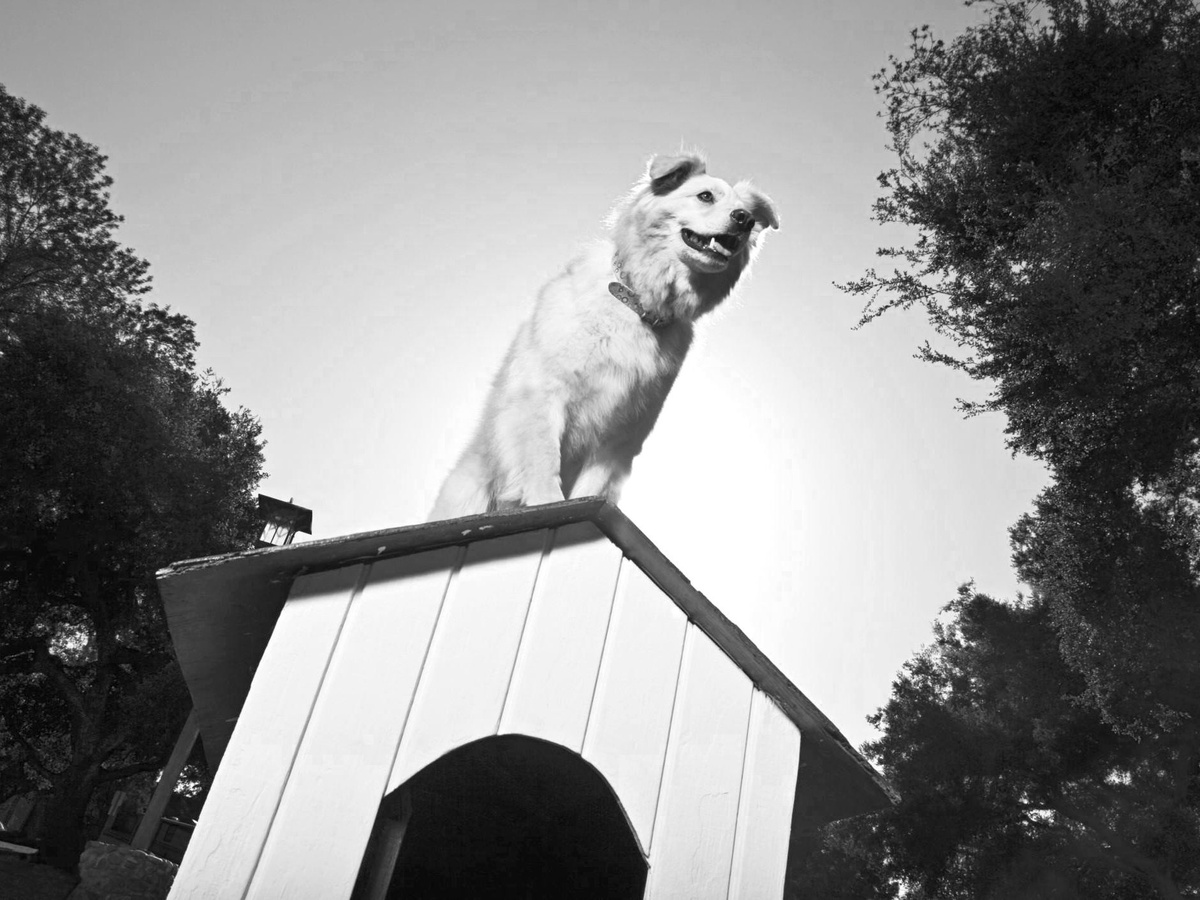
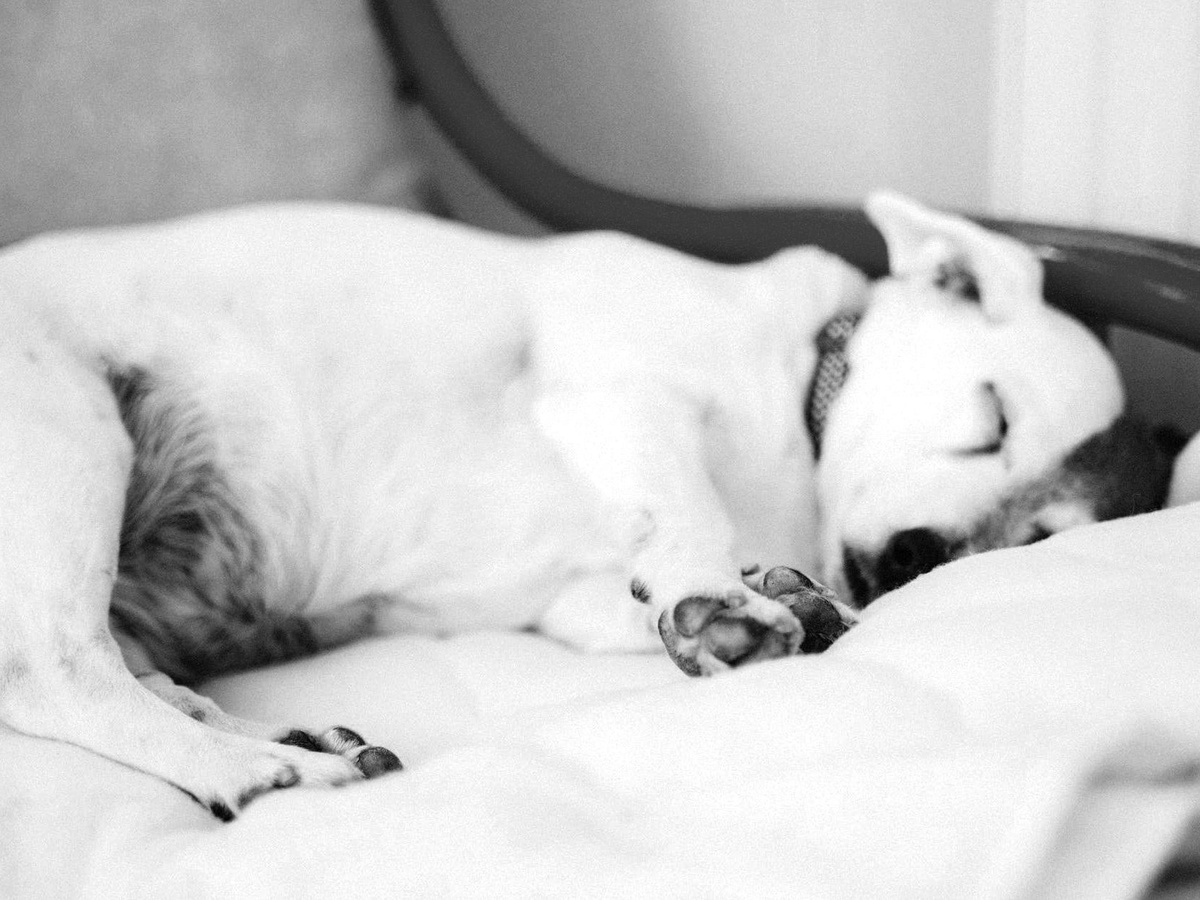
People living with pets experience these products every day. We interviewed them and asked: what is your experience?
Involving pet owners in the design process
We were starting from scratch. Our first concern was to understand the basic needs of both humans and pets. So we interviewed pet owners to understand what to design.
Dogs and cats are the most diffused ones. We discovered that they don’t need many products. Cats need just a place for their functions. Dogs need a place to rest and sleep. Cats change sleeping place every two weeks. Both need something to eat in.
Ok, nothing new so far. But here the interesting part. Pet owners told us about pets’ habits.
For sleeping, dogs need to feel contact on the back to feel safe. Curiously, to get asleep, they walk around on their couch and “dig” to fix their place. Some dogs are lucky enough to have a garden. Sometimes they jump on the kennel to stand guard. Of course, sleeping outside, they need insulation. When eating, dogs don’t follow etiquette. Sometimes they throw around water and kibbles. Everything dogs sleep on should be easily washable.
Cats sometimes make little messes with sand-litter-box or peeing outside. Containing the litter box smell is thus very important. As they come out of the litter box, they scatter the grains under their paws on the ground.
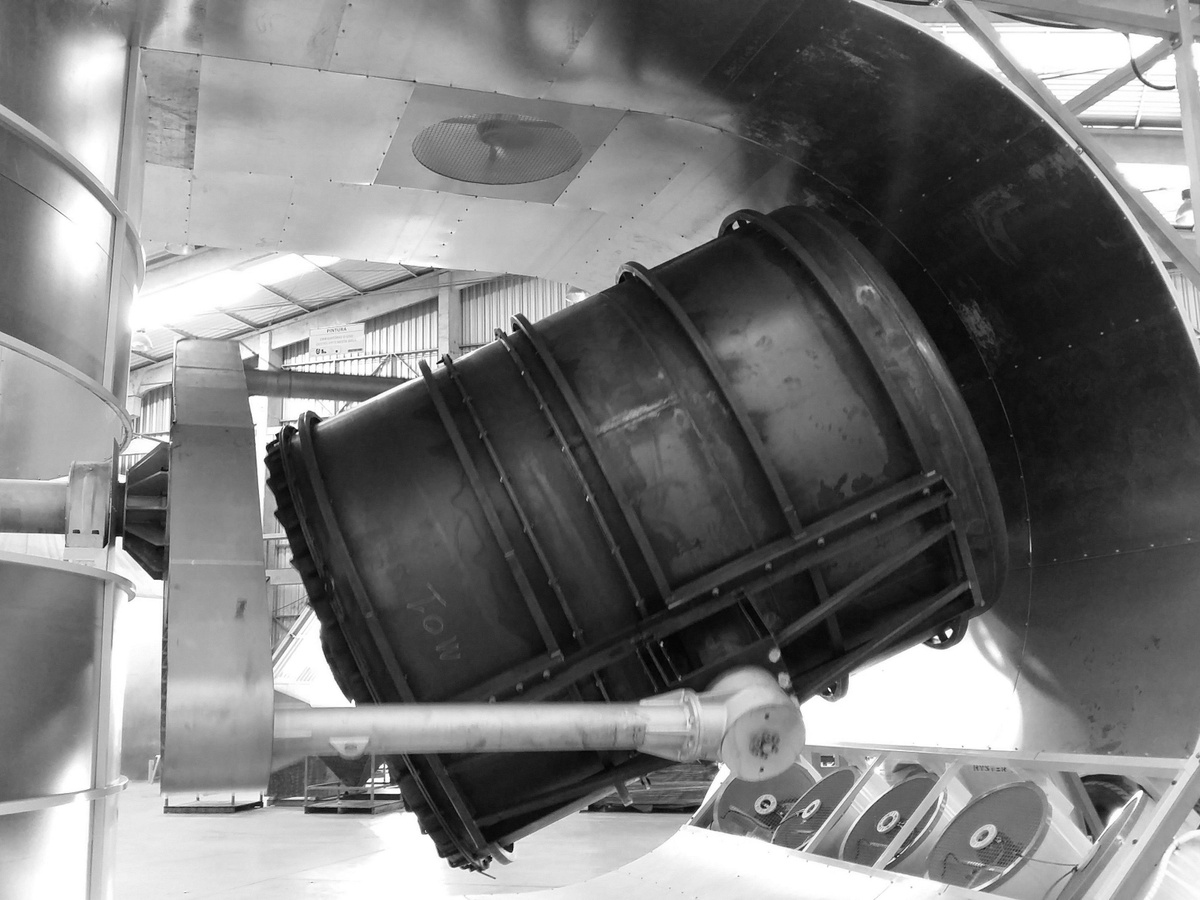
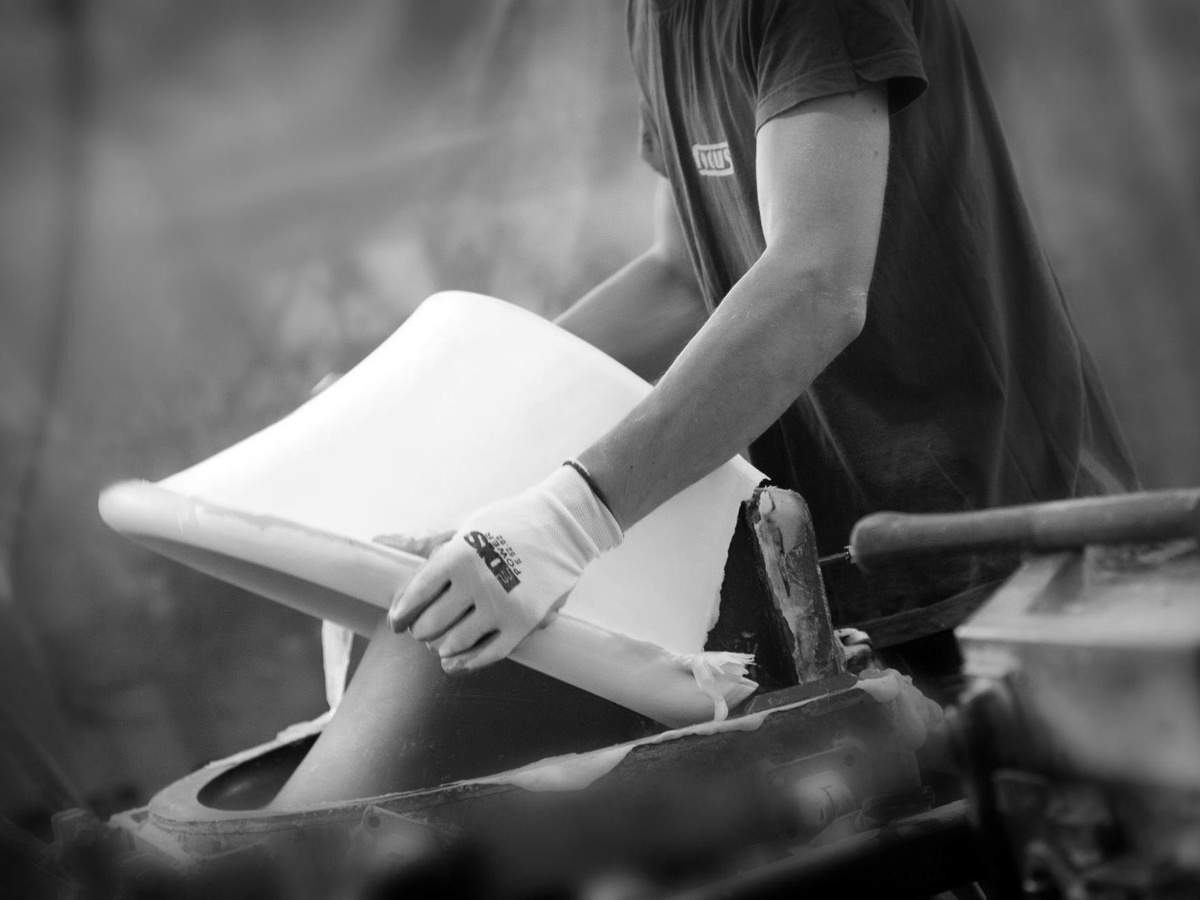
The next step was tapping into Turin's know-how. We interviewed automotive industry suppliers to find the right technologies.
Choosing the right technology for the right need.
One of Baleri’s requirements was to choose the appropriate industrial manufacturing techniques. So, before we started designing, we had to figure out proper technologies. We needed to use technology smartly. That means understanding each process’s characteristics to use them to our advantage. So, we interviewed automotive suppliers near Turin.
They gave us three recipes: Rotational molding, polyurethane foam molding, and of course, injection molding.
- Rotational molding is a technology used to manufacture tanks. It produces large and hollow plastic volumes. It was well suited for the outdoor kennel, allowing us to obtain a double wall plastic solid.
- Polyurethane molding is the technology to make car seats. It was perfect for the indoor doghouse: a one-shot molded dog-bed, no needing internal structure.
- Injection molding is widely employed for many car components. It was good for the litter-box.
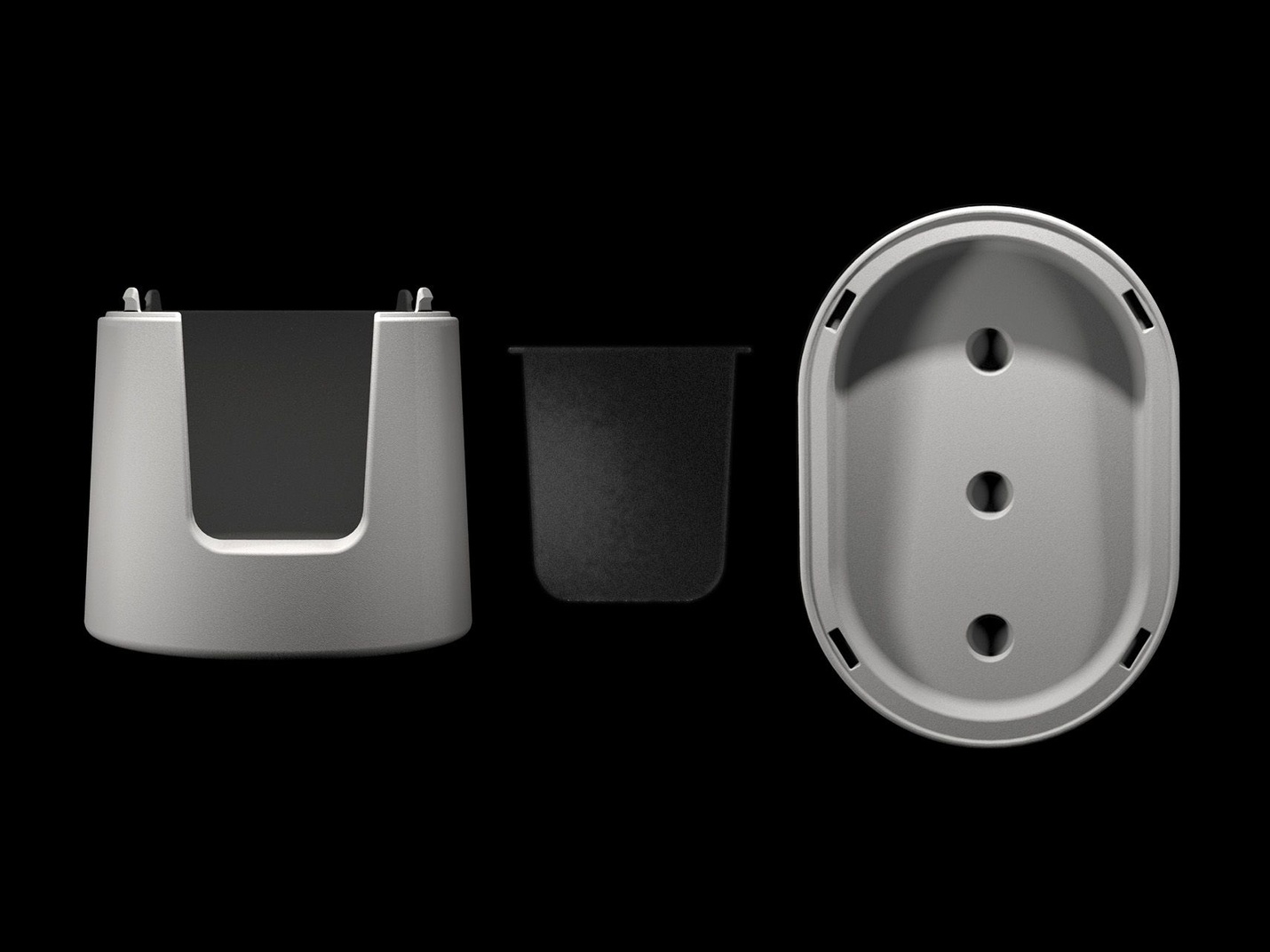


Designing to make everybody happy through simplification
With enough information, we could start the product development process.
To improve pet products, we needed to consider pet habits, ergonomic characteristics, and human ease of cleanness needs. The design process was an exercise in iterative simplification. We started designing for every pet habit and human needs, then redesigning and redesigning that shape to find a more simple solution. Enrico Baleri challenged us in finding a more simple design solution.

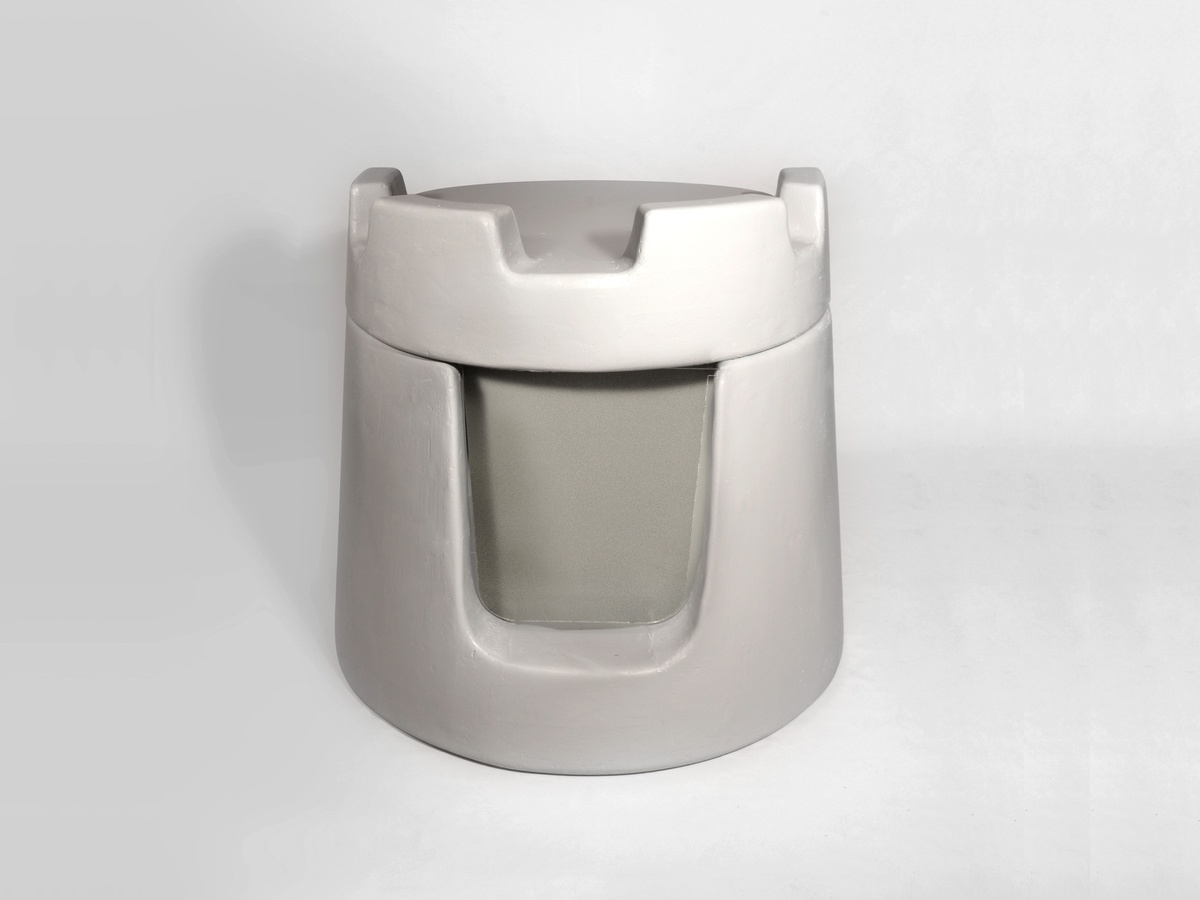

The design goal was to improve humans' and pets' life by having very simple products to solve both needs. It's an empathic collection.
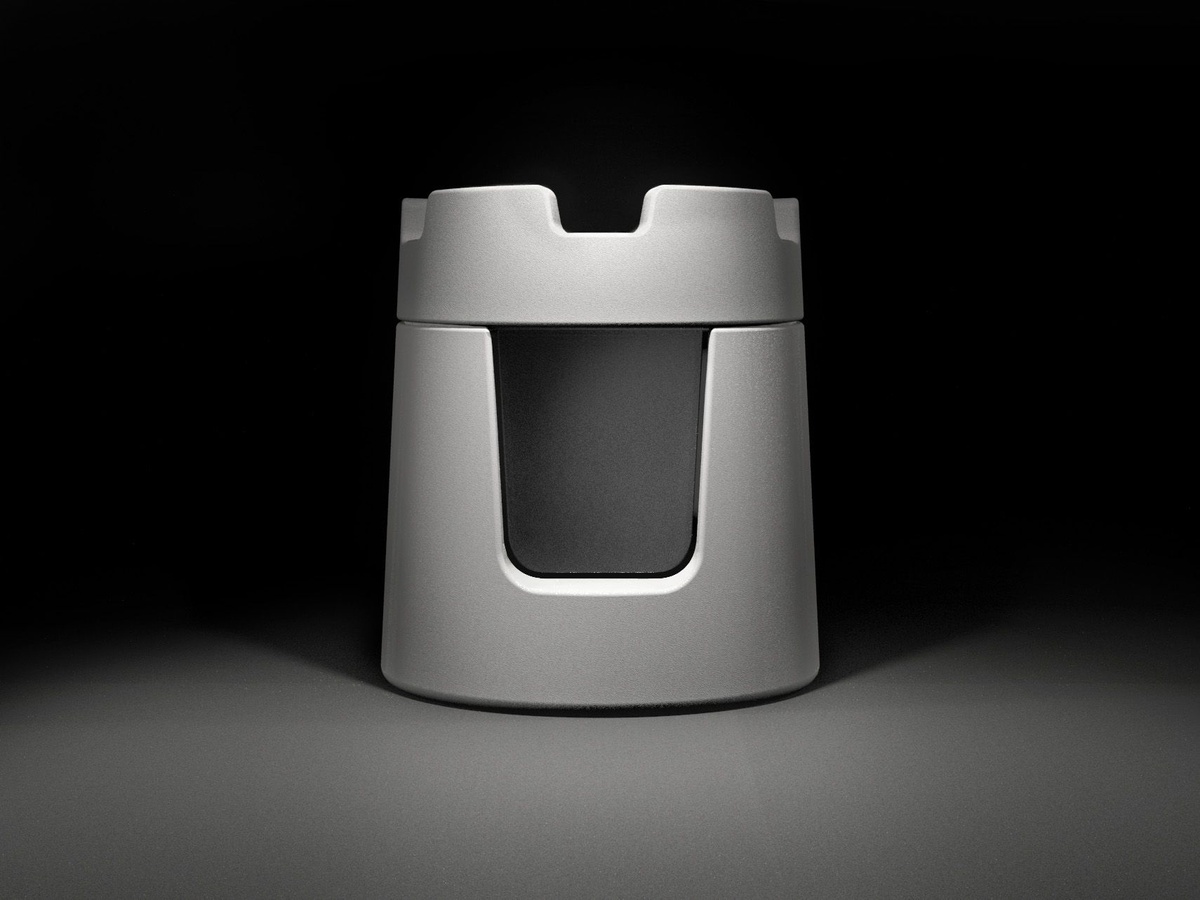

Fortezza, the outdoor doghouse.
- It features a sloped roof so the dog could climb on to have an elevated spot for guarding.
- Rotational molding allowed us to have a double wall for better insulation.
- It’s openable for easy cleaning.
- We sloped the internal surface to channel washing water towards a drainage hole.
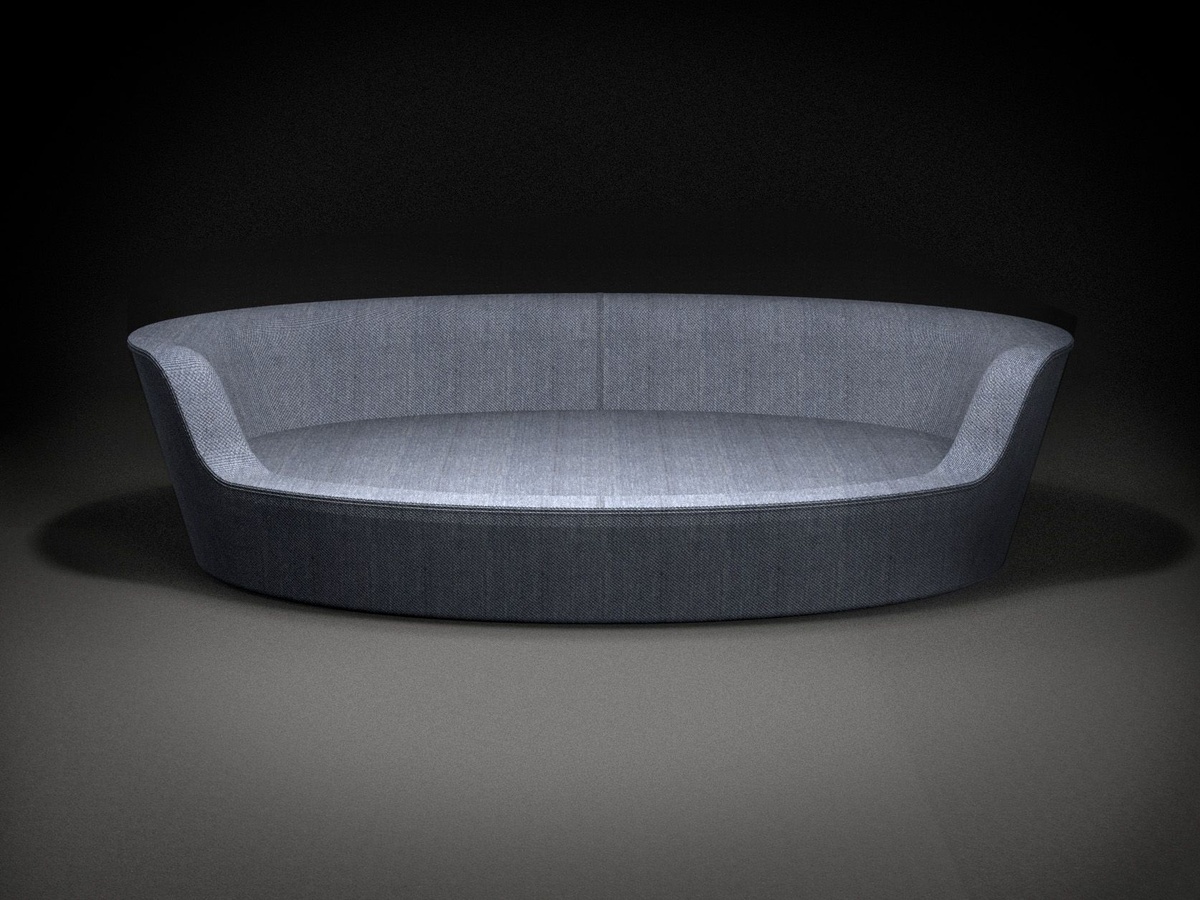
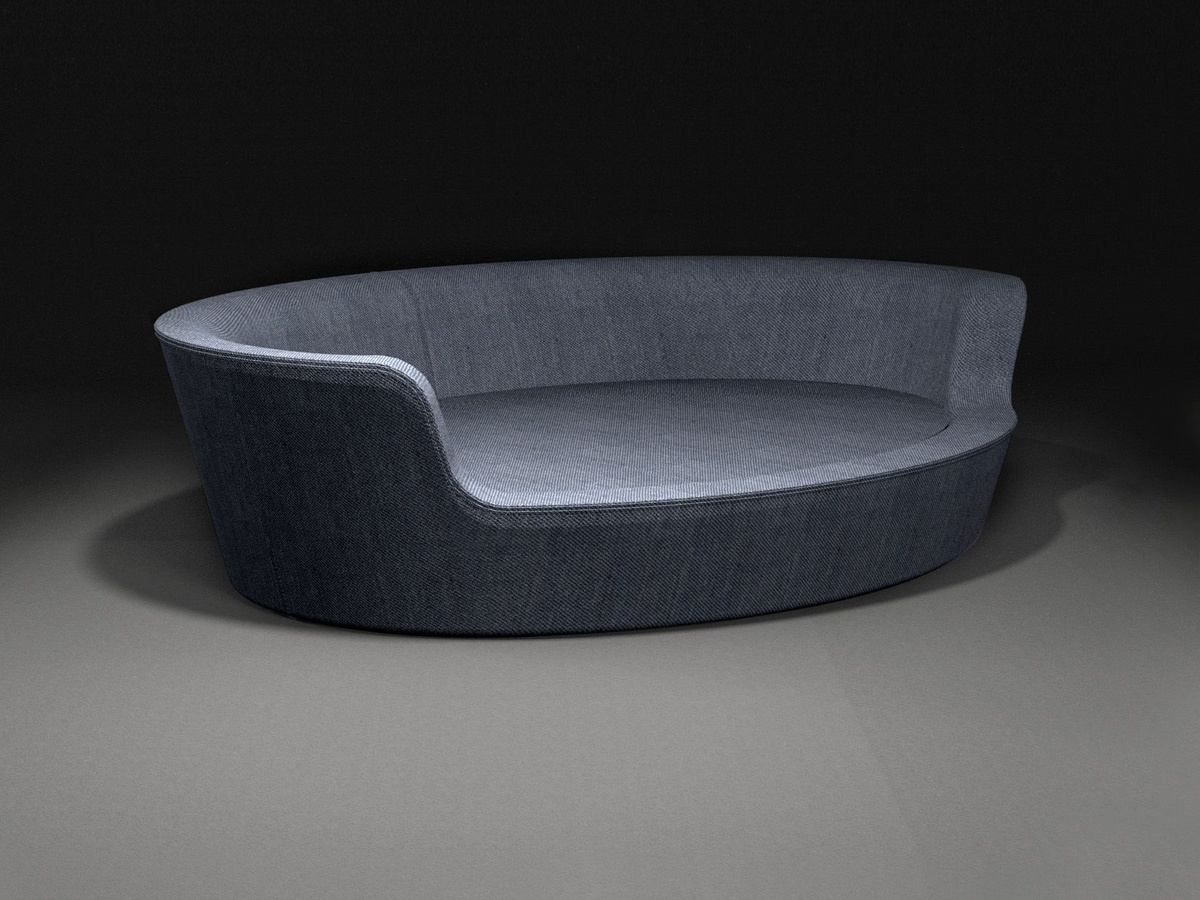
Nido, the indoor doghouse.
- We designed a backrest for the dog to feel safe during sleep.
- Through polyurethane foam molding, we designed soft lines and an embedded cushion to create extra comfort.
- The textile cover is removable for easy cleaning: dog-proof.
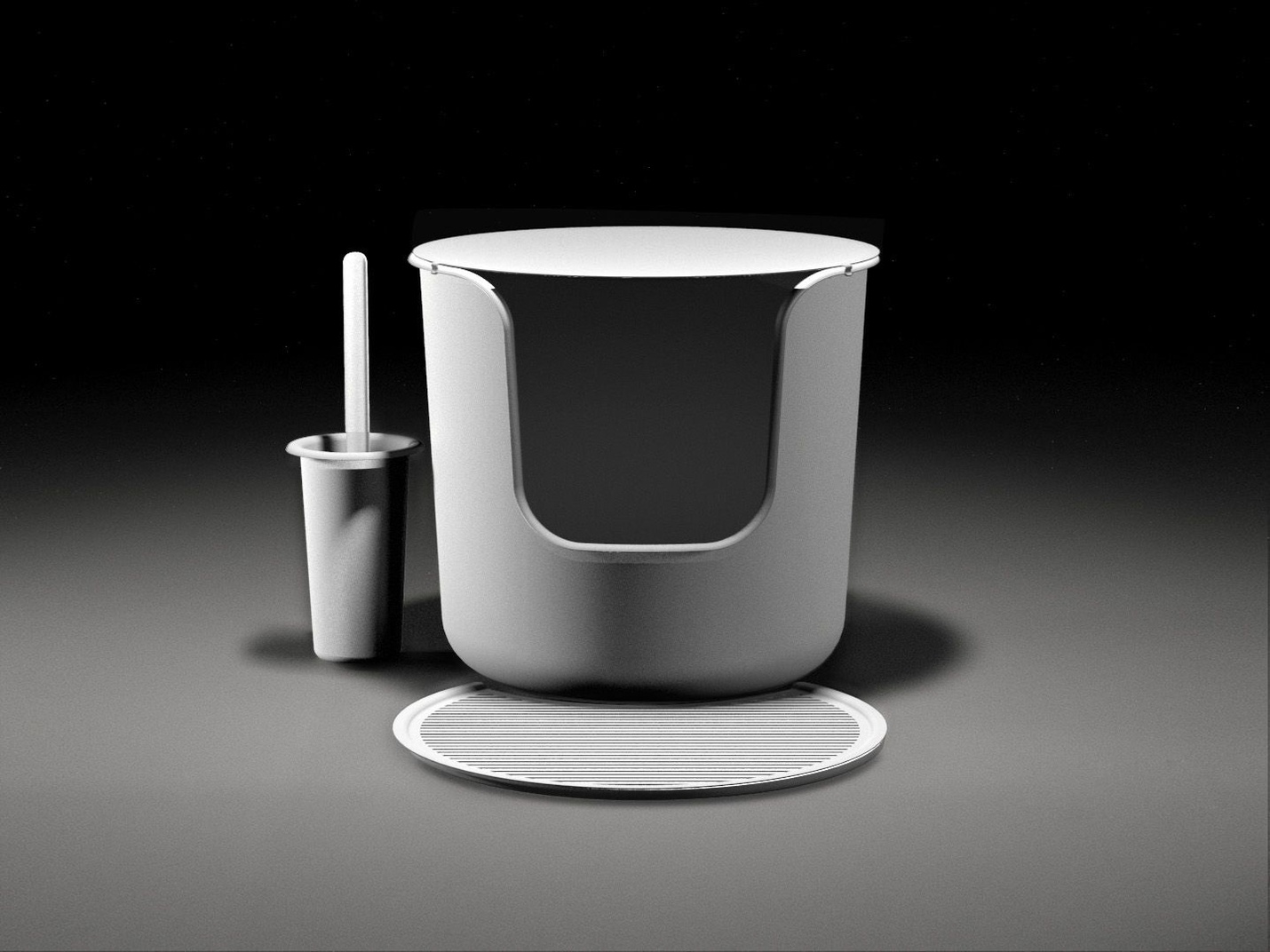
Toeletta, the cat litter-box.
- We designed it as one piece not to let any liquid or sand flip out.
- The lid restrains odors.
- The scoop near the litter box makes cleaning quick and easy.
- The perforated mat picks up sand grains still under cat paws.
- High walls reserve a little privacy for cats’ friends.
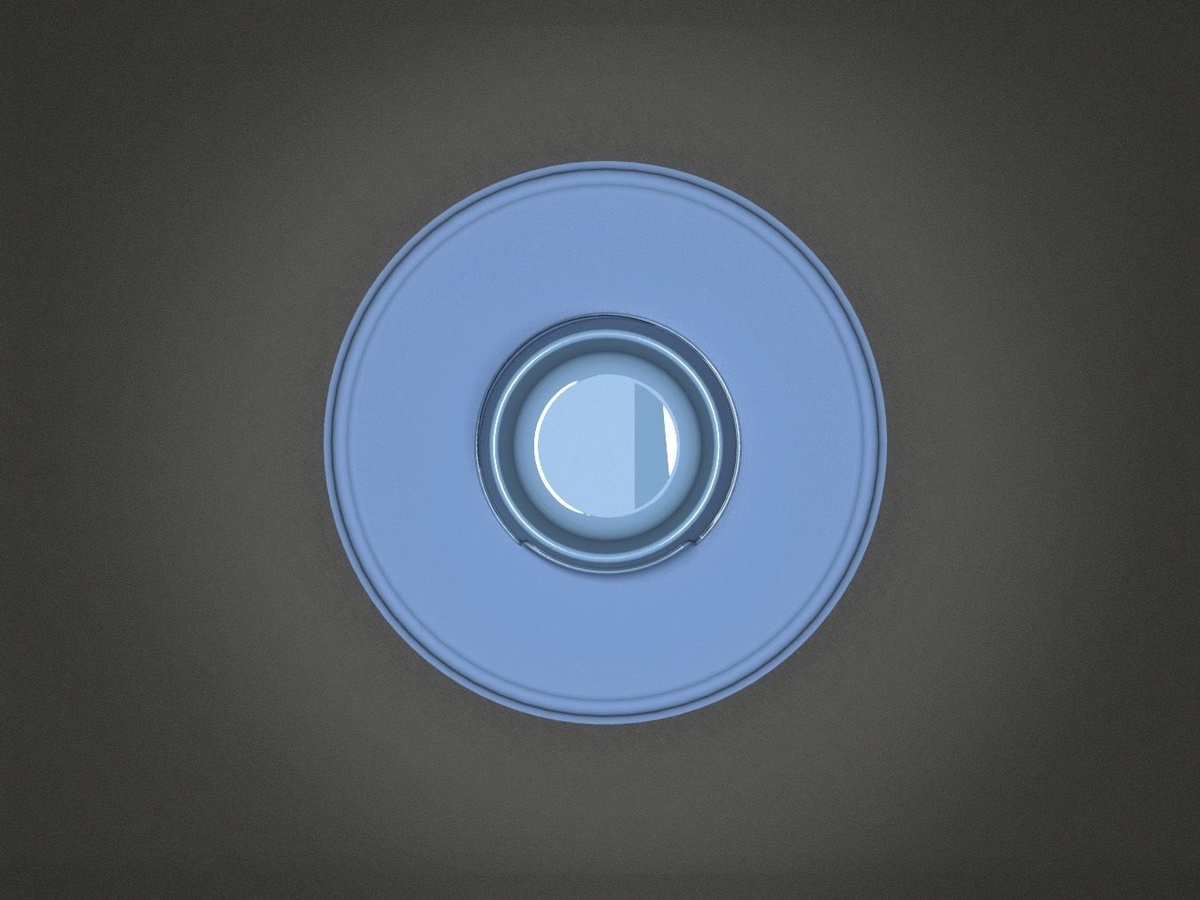
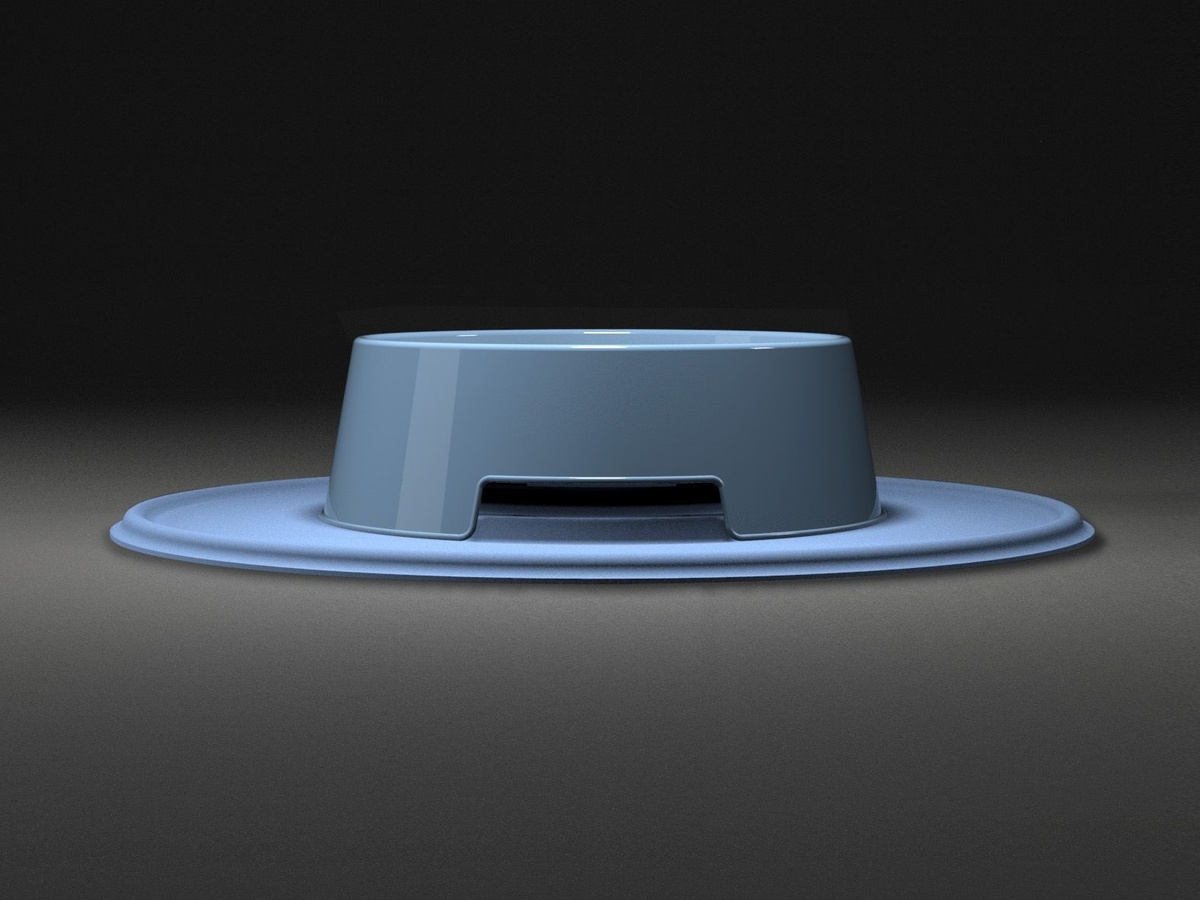
Servizio, the bowl.
- We designed a large mat to make sure cats and dogs didn’t drop kibble and water on the floor.
- We chose a silicone mat to let the bowl stay put.
- The design is tray-inspired: you can serve the dinner plate to your beloved pet.